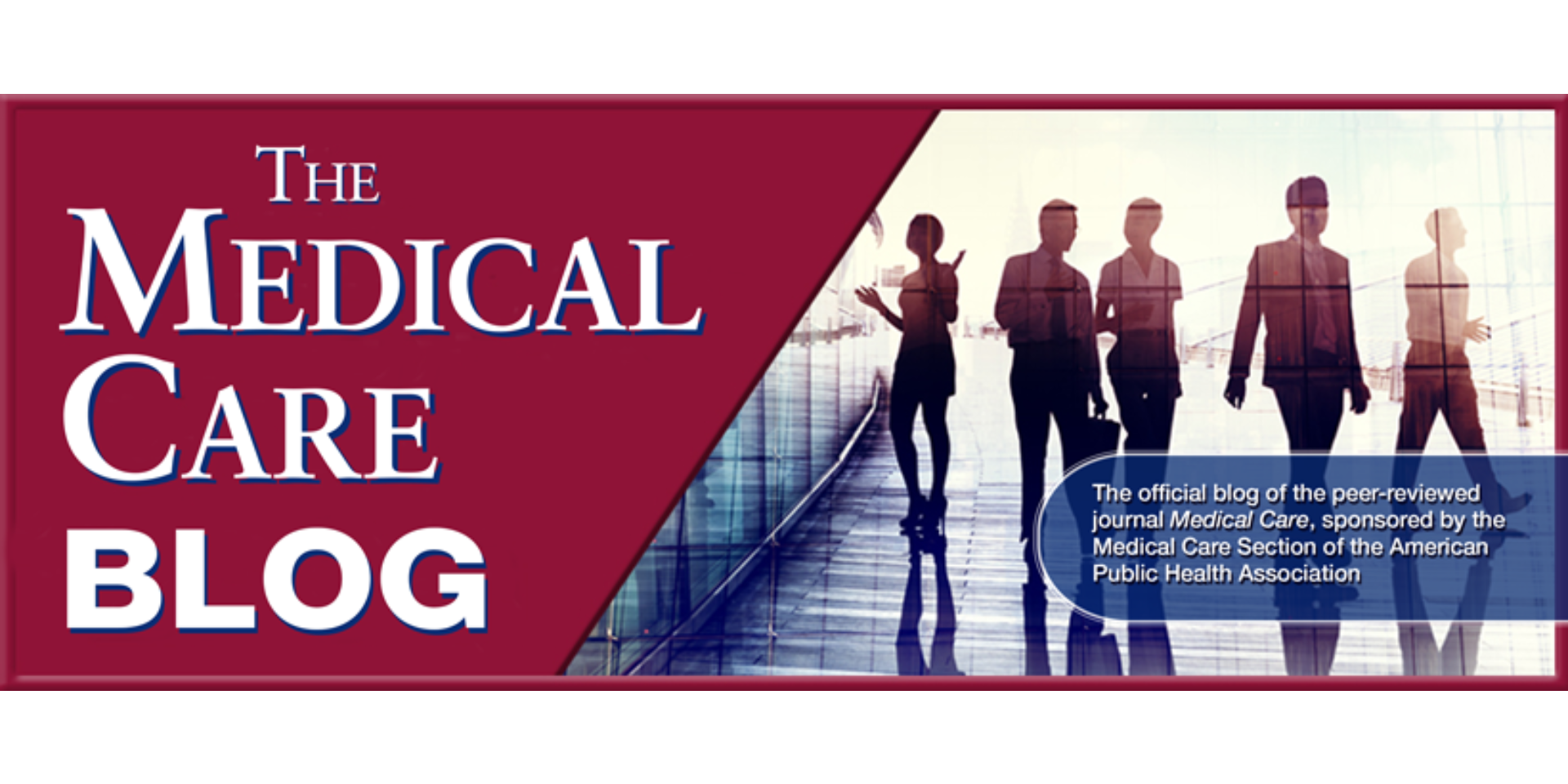Wildfires: Effects on Health and Care Delivery
Climate change is a contributory factor to wildfires in California this year that have engulfed 1.4 million acres of land. Most recently, lightning strikes sparked new fires in Northern California, including the L.N.U. Lightning Complex (currently the third largest fire in California history). Wildfires contribute to poor health outcomes and disrupt care delivery. In addition, the… Read More »
















































